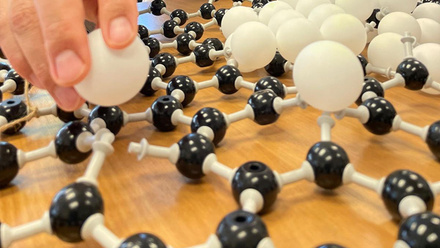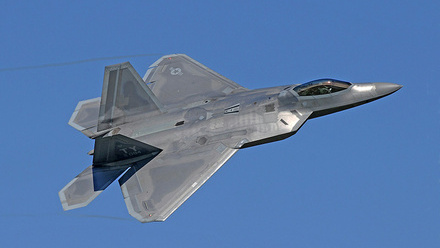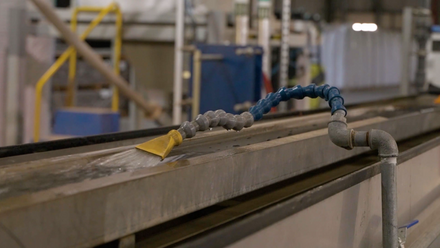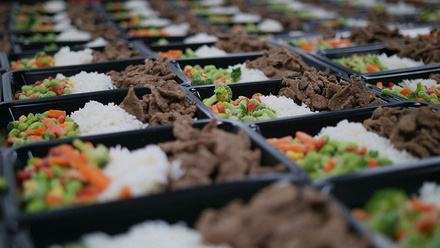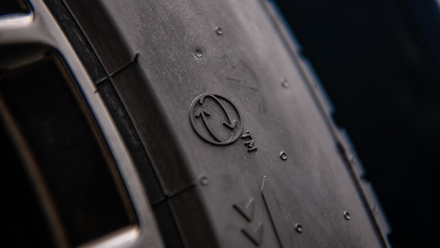'Cleaner iron extraction' using electricity
Extracting iron from synthetic iron ore using electrochemistry could be cost-competitive with blast furnaces, claim researchers in the US.
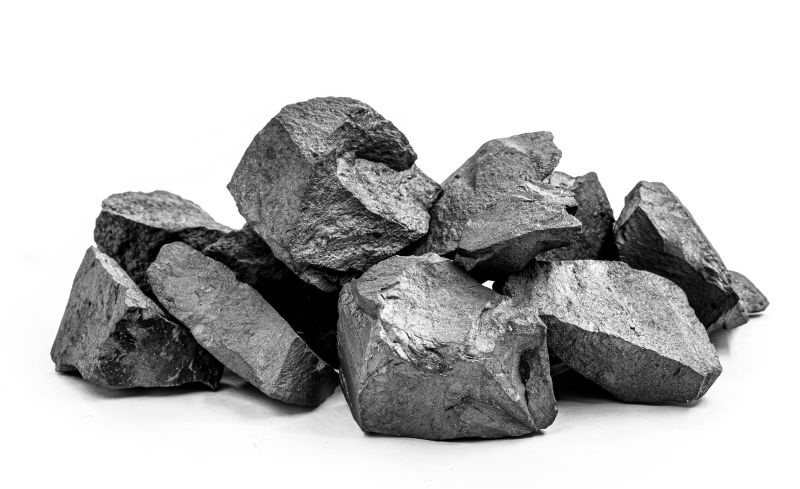
The electrochemical ironmaking method isolates the metal by passing electricity through a liquid that holds iron-containing feedstocks.
Compared to high-temperature blast furnaces, researchers at the University of Oregon report that the electrochemical process could significantly reduce emissions and deliver considerable energy savings.
Corresponding author, Dr Paul Kempler says, 'This method independently evaluates the role of nanoscale morphology on the reaction kinetics, without the influence of impurities and controlling for the effect of particle diameter.'
Previously, the team used this process to convert solutions containing solid iron (III) oxide particles and sodium hydroxide directly into elemental iron at temperatures around 80-90oC.
However, when some natural iron ores with irregularly sized, dense particles and impurities were tested, this low-temperature process wasn’t selective enough. Continuing this work, the team wanted to understand which iron-ore-like feedstocks could support scalable growth of the process.
This piece of research focuses on the conversion reaction between hematite (Fe2O3) and bcc-Fe (body-centered cubic iron or ferrite). Kempler says, 'Specifically, we compared the properties of nanoporous hematite particles to similarly sized but densely crystalline hematite.'
Kempler says, 'We built a custom electrochemical cell, which allowed us to characterise the behaviour of monodisperse populations of hematite particles in an environment consistent with scalable processes for ironmaking.'
First, the researchers prepared high-surface-area iron oxide particles with internal holes and connective cavities to investigate how the nanoscale morphology of the particles impacted the electrochemical reaction.
Then, they converted some of these into micrometre-wide iron-oxide particles to mimic the morphology of natural ores. These particles contained only a few trace impurities, such as carbon and barium.
The team designed a specialised cathode to pull iron metal from a sodium hydroxide solution containing the iron-oxide particles as current passed through it.
All particles could be fully reduced to purified iron metal with minimal remaining oxide content at the appropriate current density, they report.
Kempler says, 'A representative composition for a film grown from ‘dense iron oxides’ [is] at 150mA/cm2, iron: 95wt%, oxygen: 3wt%, carbon: 2wt%.
He continues, 'When pure hematite is used as a starting material, the only remaining impurity in the iron is oxygen. The annealing process used to prepare the dense oxide also introduced some barium impurities into the hematite that was not detected in the metal film.
'Surface sensitive measurements revealed barium at ~5at%, but it was not detected via energy-dispersive X-ray spectroscopy in the starting material or after reduction.'
In experiments, dense iron oxides were reduced or converted into elemental iron selectively, at a current density of 50mA/cm2, like rapidly charging lithium-ion batteries.
Conversely, loose particles with higher porosity facilitated more efficient electrochemical iron production, as compared to those made to resemble the less-porous, natural, iron-ore hematite.
At the current density used in the experiments, they estimate that iron could be produced at less than US$0.60/kg, comparable to traditional ironmaking.
The study reportedly shows that much higher current densities, up to 600mA/cm2, such as those used in industrial electrolysis cells, could be achieved when using particles with nanoscale porosity.
Further advances in electrochemical cell design and techniques to make iron-oxide feedstocks more porous will be required before the technology sees commercial adoption.
A patent is pending, and the researchers are in the process of evaluating a much larger-scale cell. They have an Energy Efficiency and Renewable Energy award, which aims to demonstrate ironmaking at 1kg/hr by the end of 2026.



